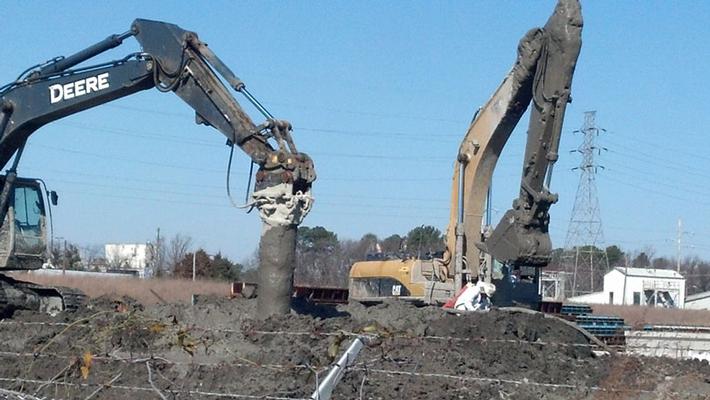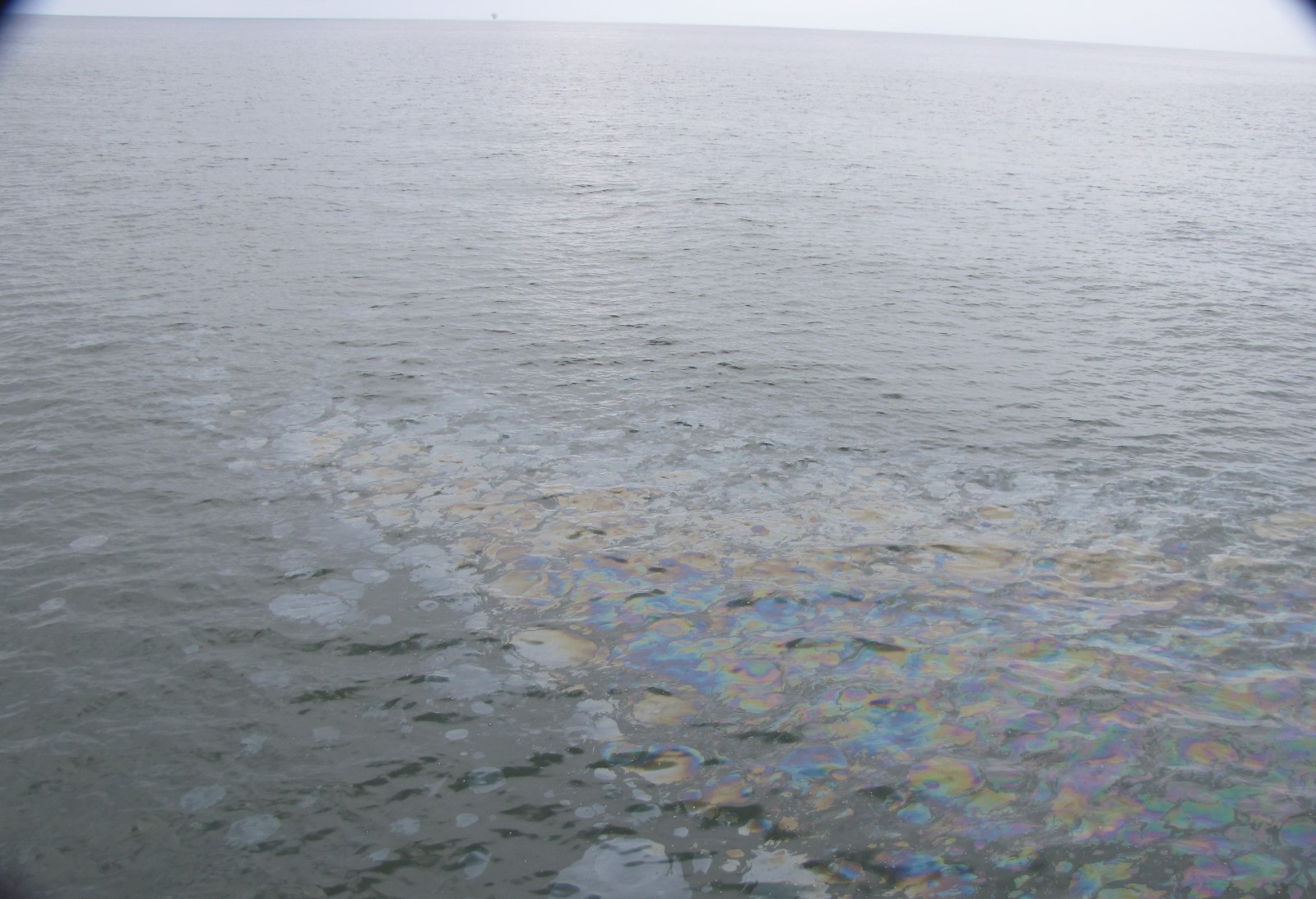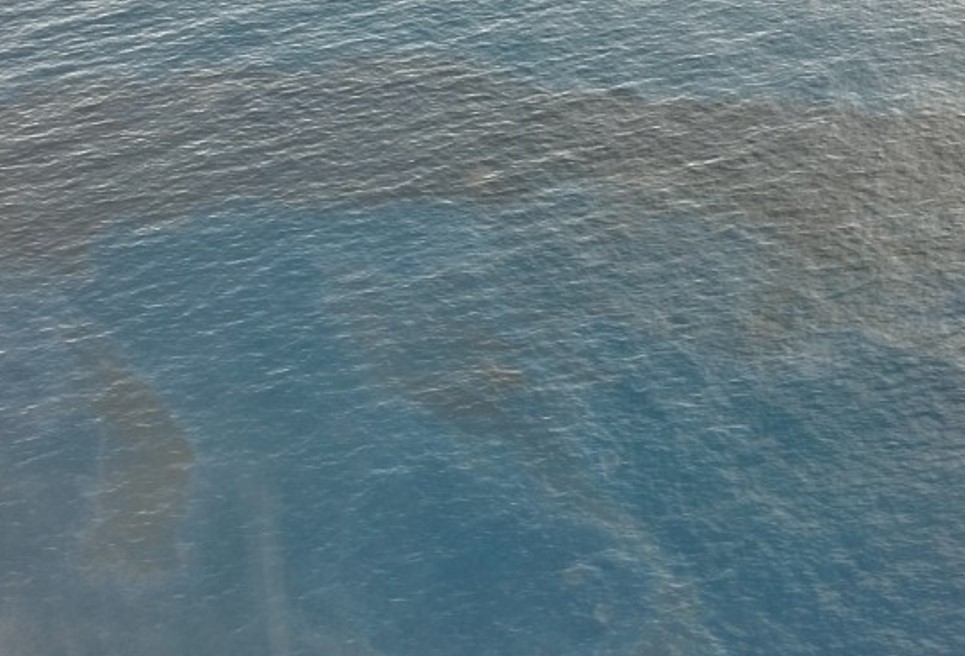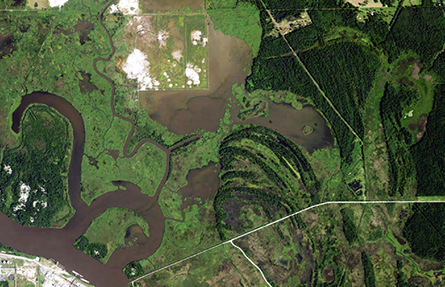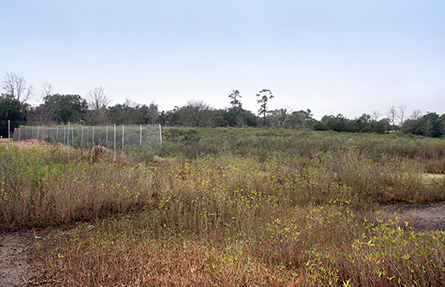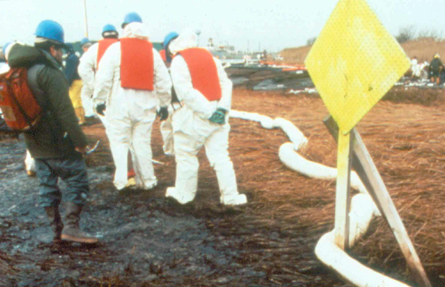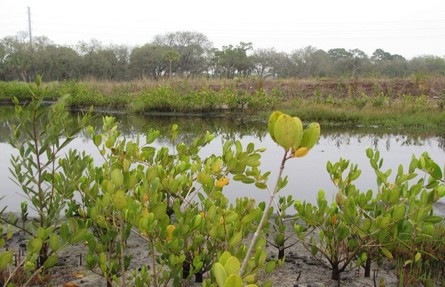Hazardous Waste Site, Portsmouth, Virginia, | 1926 – 1992
What Happened?
The Atlantic Wood Industries Superfund Site consists of approximately 50 acres of land on the industrialized waterfront in Portsmouth, Virginia and over 30 acres of contaminated sediments in the Southern Branch of the Elizabeth River.
From 1926 to 1992, a wood-treating facility at the Atlantic Wood Industries site released both creosote and pentachlorophenol from treatment operations, storage of treated wood, and disposal of waste.
The Damage Assessment Remediation and Restoration Program
Thursday, March 7, 2019 - 08:25
Tuesday, November 4, 2025 - 12:33
Oil Spill | Gulf of Mexico off Mississippi River Delta | September 2004
What Happened?
In September of 2004, Taylor Energy’s MC20 oil production platform collapsed and sank in a mudslide during or after Hurricane Ivan. Parts of the platform and piping were buried under the sediments.
The platform was located in the Gulf of Mexico, thirteen miles from the mouth of the Mississippi River. More than a decade later, crude oil continues to discharge from the well site and surface on the Gulf waters.
The Damage Assessment Remediation and Restoration Program
Monday, October 29, 2018 - 10:45
Wednesday, February 26, 2025 - 11:47
Oil Spill | Sitka, Alaska | April 19, 2017
What Happened?
On April 19, 2017 an out of service tugboat, the Tug Powhatan, owned by Samson Tug & Barge, sank for unknown reasons from its dock in Starrigavan Bay near Sitka, Alaska. After sinking, the tug slid downslope and came to rest approximately 320 yards offshore in 160-180 feet of water.
The Damage Assessment Remediation and Restoration Program
Wednesday, October 3, 2018 - 11:00
Wednesday, June 21, 2023 - 06:50
In Orange County, Texas, parts of the Sabine Lake/Neeches River Estuary were contaminated by industrial and municipal waste disposal, including sludge from local petrochemical industries, starting in the 1960s. Industrial waste disposal was discontinued in the late 1960s, but municipal and construction wastes were accepted until about 1971. In 1986, the U.S. Environmental Protection Agency added the site to the National Priorities List, based on the release or threatened release of hazardous substances, making it a priority site for investigation and potential clean-up the Superfund law.
The Damage Assessment Remediation and Restoration Program
Friday, June 29, 2018 - 12:42
Tuesday, July 16, 2024 - 12:39
On May 11, 2016, the U.S. Coast Guard responded to a crude oil spill discharged from a Shell Offshore, Inc. wellhead flow line in the Green Canyon Block 248 subsea oil production system. This system is located approximately 97 miles off south of Timbalier Island, Louisiana. The oil leaked from a piping system used to transport oil from a production well on the seafloor. Shell reported to DOI’s Bureau of Safety and Environmental Enforcement that the incident resulted in an estimated discharge of 1,926 barrels of oil, or 80,892 gallons, into the waters of the Gulf of Mexico.
The Damage Assessment Remediation and Restoration Program
Thursday, June 21, 2018 - 05:34
Wednesday, February 26, 2025 - 11:47
Hazardous Waste Site | Beaumont, TX | 1954 to 2007
What Happened?
The Damage Assessment Remediation and Restoration Program
Tuesday, October 10, 2017 - 12:11
Tuesday, July 6, 2021 - 08:03
On September 30, 2002, the container ship M/V Everreach spilled approximately 12,500 gallons of oil into the waters of the Cooper River in Charleston, South Carolina.
The Damage Assessment Remediation and Restoration Program
Wednesday, September 6, 2017 - 08:28
Monday, August 17, 2020 - 16:40
Oil Spill | Linden, New Jersey | January 1990
What Happened?
On January 1 and 2, 1990, #2 fuel oil spilled from the Exxon Bayway facility’s underwater pipeline in Linden, New Jersey. Approximately 567,000 gallons were released directly into the Arthur Kill, a saltwater channel between New Jersey and Staten Island.
The Damage Assessment Remediation and Restoration Program
Monday, April 3, 2017 - 05:12
Tuesday, August 25, 2020 - 14:43
Hazardous Waste Site | Tampa, FL | 1977 to present
What Happened?
From 1977 until 1991, local manufacturing companies disposed of battery casings, furnace slag, and construction debris at this illegal dumpsite in Tampa, Florida. Lead, arsenic, and other toxic substances from the improperly handled waste contaminated soils, groundwater, and wetlands at the site.
The Damage Assessment Remediation and Restoration Program
Monday, January 9, 2017 - 06:42
Monday, August 17, 2020 - 16:41
Oil Spill | Calcasieu River, LA | June 2006
What Happened?
On June 19, 2006, over 99,000 barrels of waste oil and millions of gallons of untreated oily wastewater overflowed from storage tanks and discharged into a containment area in CITGO’s Lake Charles Manufacturing Complex. An estimated 54,000 barrels of waste oil and an undetermined amount of oily wastewater flowed out of the containment area and into the Indian Marais, the Calcasieu River, and adjoining waterways in the Calcasieu Estuary.
The Damage Assessment Remediation and Restoration Program
Thursday, December 22, 2016 - 06:56
Thursday, February 24, 2022 - 07:30

